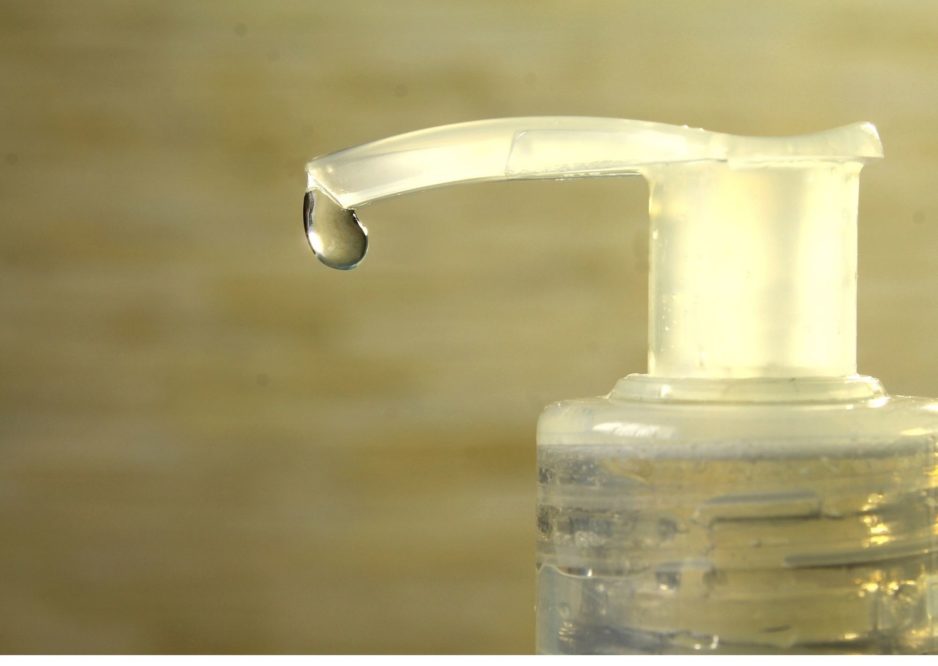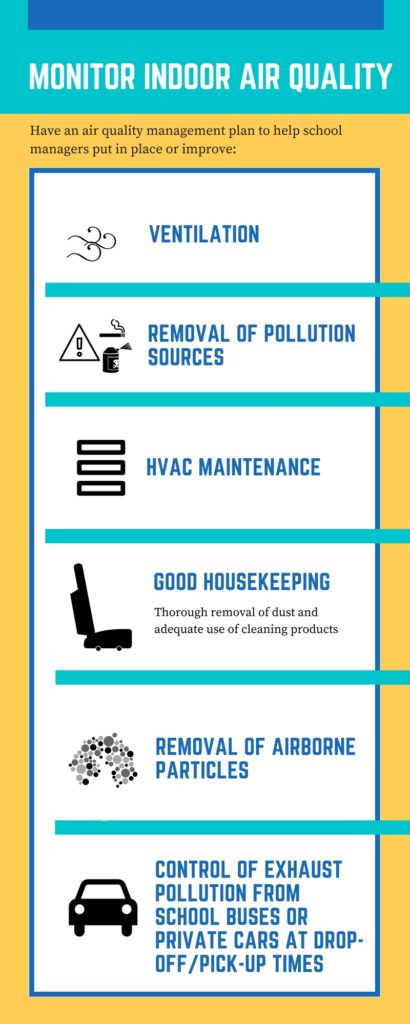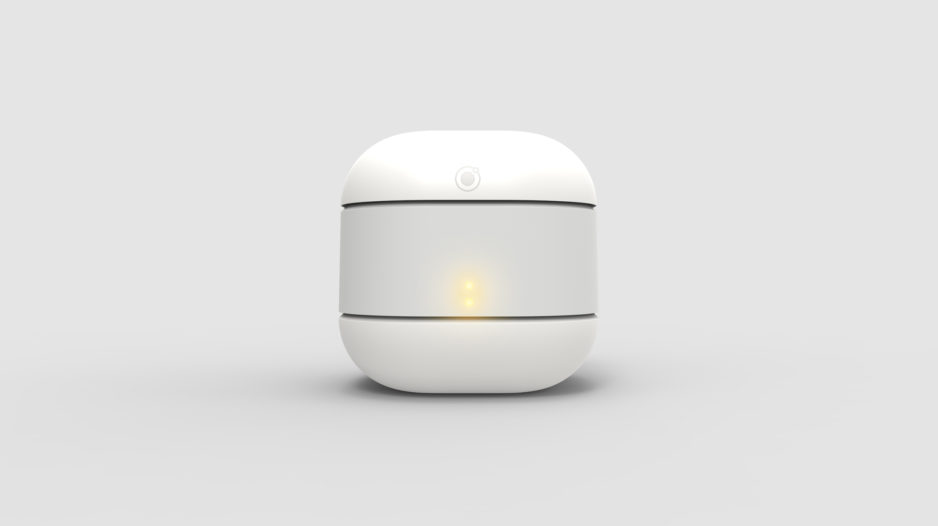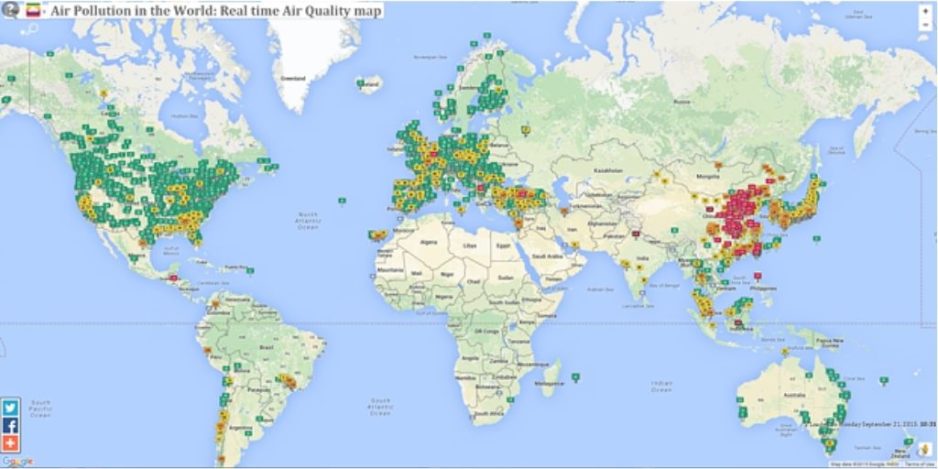Our quest for cleaner and cleaner living environments with no traces of bacteria leads us to use cleaning products advertised as effectively eliminating 99% of bacteria especially in our kitchens and bathrooms. Cleaning products have been progressively improved with fragrances that we associate with cleanliness but are we being fooled!?
Many of these aromas are created through the use of enzymes that are known to be allergens. The smell that we associate with cleanliness is often the evidence that there are volatile organic compounds (VOC) in the product which give off different types of gasses. Fragrances and many other product features are created through the use of chemicals that are often harmful to our health and environment. Moth repellents, air freshners, aerosol sprays, degreasers, dry cleaning fluids and cleaning products / detergents are all toxic if ingested, but can also enter our body through touch and smell.
How our cleaning products may affect us will depend on many factors including how long we are exposed to it, the level of exposure and the nature of the VOC or chemical in use. In addition, we must not forget that many of these products are not eliminated by the body and just keep accumulating until a problem arises. Many of their ingredients fall into three harmful categories: carcinogens which may cause or promote cancer’s growth; endocrine disruptors which mimic hormones and affect reproduction, development, growth and behaviour; and neurotoxins which affect brain activity.
TYPE of chemicals that are harmful:
- Pesticides: cleaning products are not seen as pesticides but they are. They are carcinogens and endocrine disruptors that are difficult to eliminate from the body once ingested.
- APEs: help cleaning solutions easily spread in a surface and known to be endocrine disruptors.
- Organoclorides: endocrine disruptors.
- Phtalates: endocrine disruptors, possible carcinogens and are currently not required to be disclosed as ingredients.
Common chemicals in cleaning products:
- Perchloroethylene, a known carcinogen, is used in dry cleaning agents and degreasers.
- Styrene is an endochrine disruptor, used in floor waxing products.
- Formaldehyde is a known carcinogen, used in household antiseptics, medicines, dishwashing liquids, fabric softeners and carpet cleaners.
- Benzene also carcinogenic is used in detergent and furniture wax.
Without a doubt, those most at risk are children, followed by elderly, asthmatics and those persons with compromised immune systems. We tend to believe that if we ensure these products are out of children’s reach they are safe. However, we seldom think that children are exposed to the ill effects of these products through touch and smell. They crawl on the ground, lick their fingers and as a result have greater contact with surfaces cleaned with these products than Adults. Moreover, any exposure they have has a larger effect in their body because of the ratio between exposure and body size, as well as the fact that their immune system is in a developmental phase.
Surprisingly in many countries, household cleaners are not required to list all their ingredients. This makes it more difficult for consumers to know more about the potential risk.
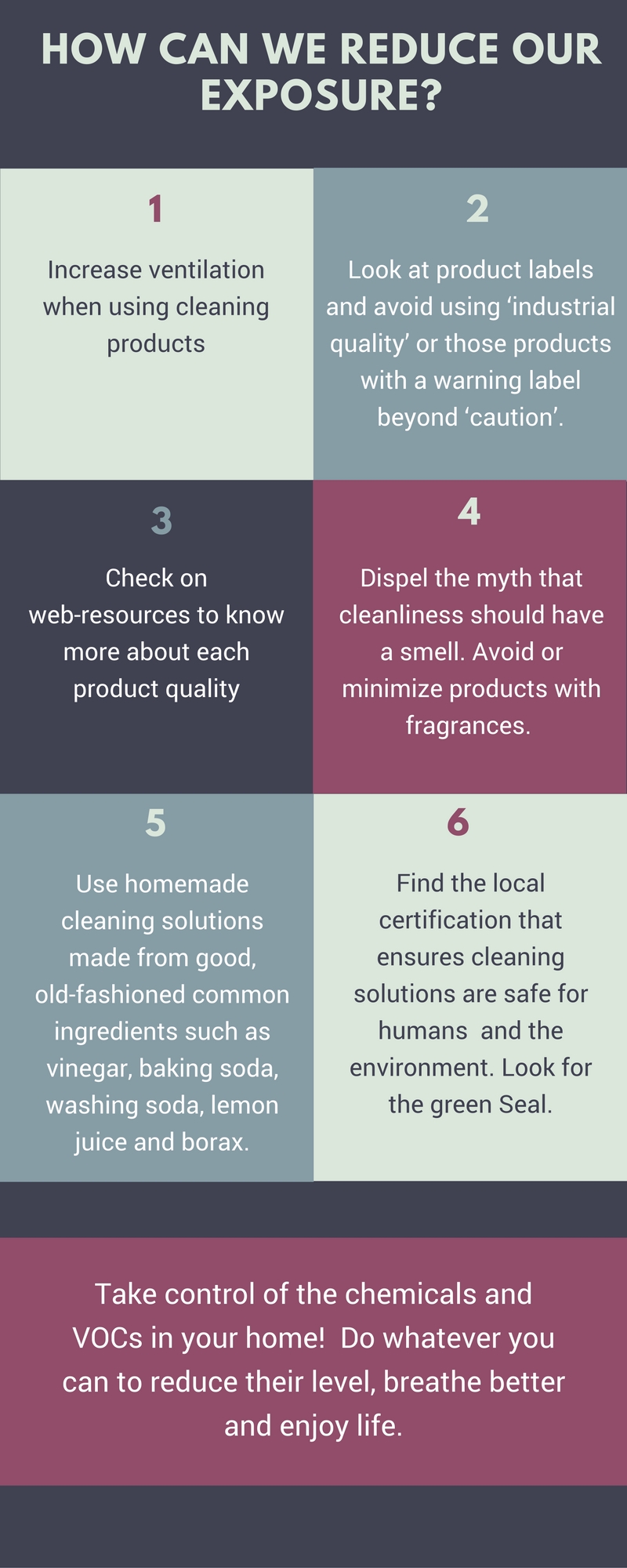
| USEFUL LINKS: www.nlm.nih.gov/toxnet/index.html |
Sources:
EPA – Volatile Organic Compounds’ Impact on Indoor Air Quality
The Guardian – Enzymes used in cleaning products and food ‘are potent allergens’, warns study

